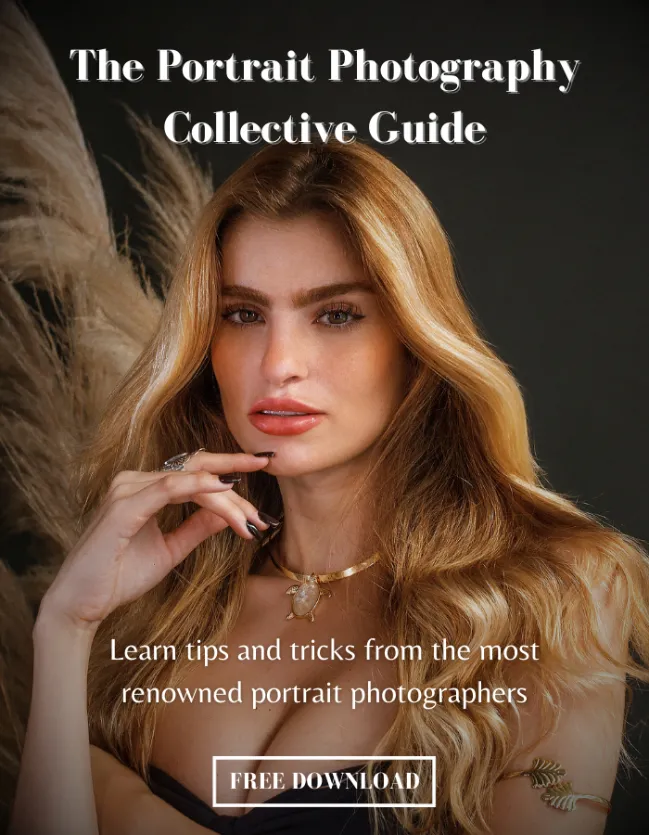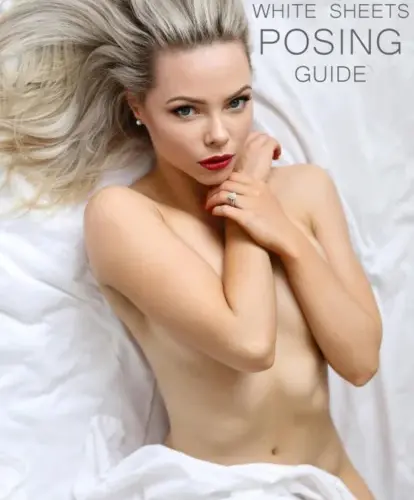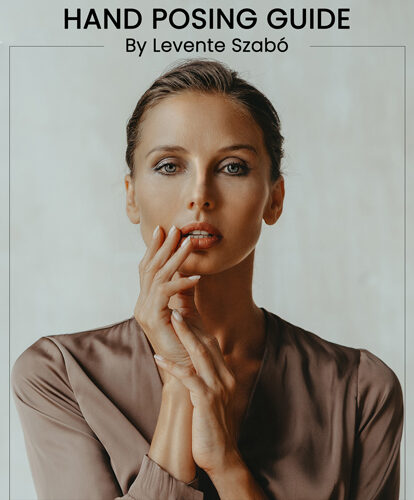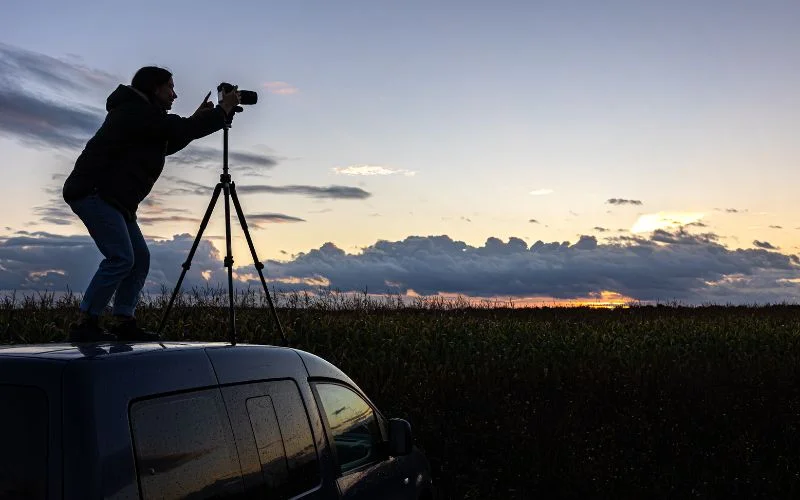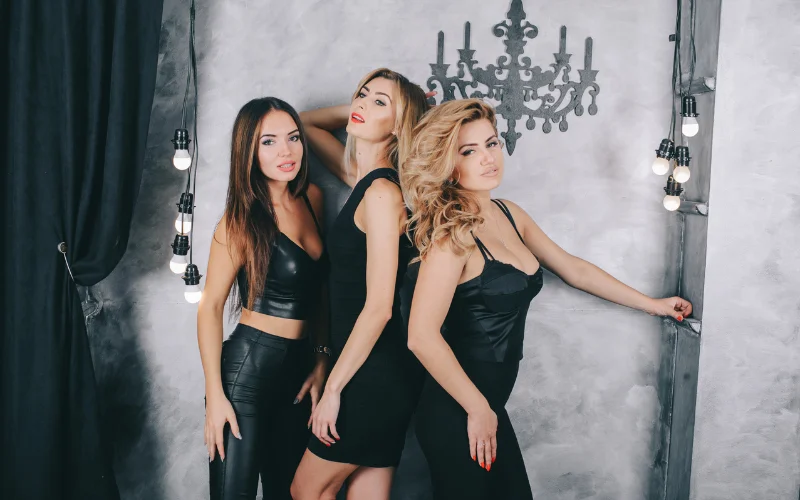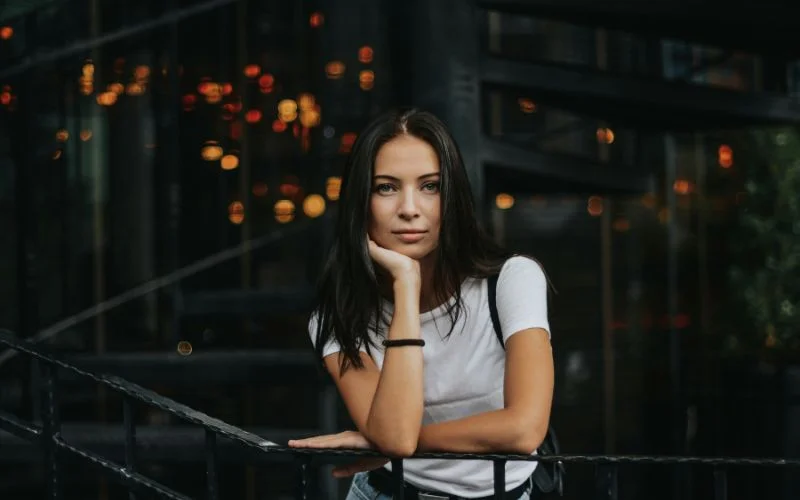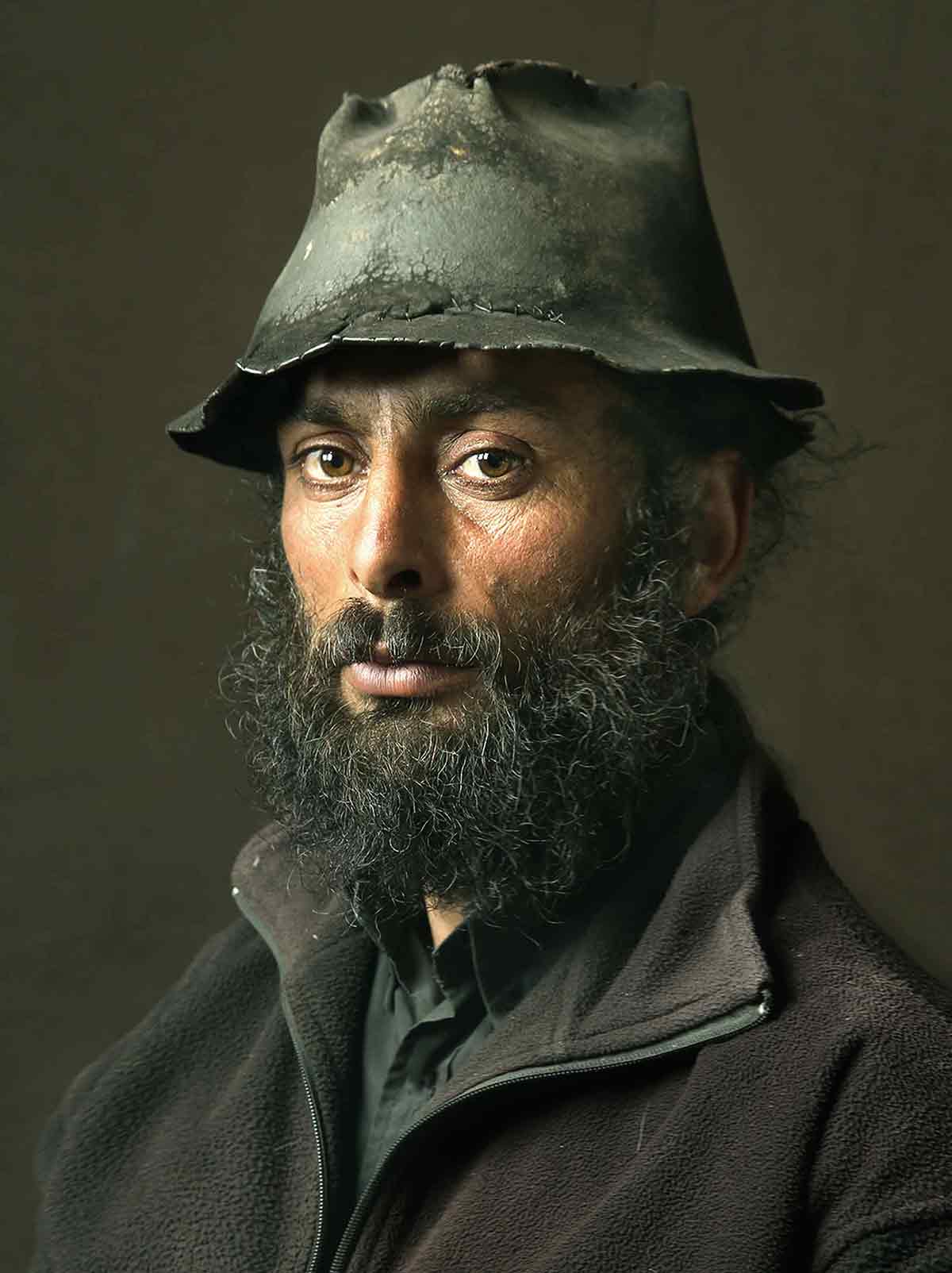
Pierre Gonnord’s The Dream Goes Over Time, his latest exhibition at Hasted Kraeutler, takes its name from a line written by the poet Federico García Lorca. Much like Lorca, who was drawn to writing about people living outside a modernizing world, Gonnord photographs the people who live in the Alentejo region of Portugal, a region that has been outside modernizing influences for generations.
In respect for the culture he finds, the French photographer avoids exoticizing. Let’s learn more about Pierre Gonnord photography in this interview.
The Old Master portraits are done only after an involved time spent traveling and living with those he intends to photograph. “Our loneliness is a beautiful thing to share,” he says. “The portrait is the story of an encounter before it is the process of creation.” The Dream Goes Over Time will be on view until April 25th at the Hasted Kraeutler art gallery in New York.
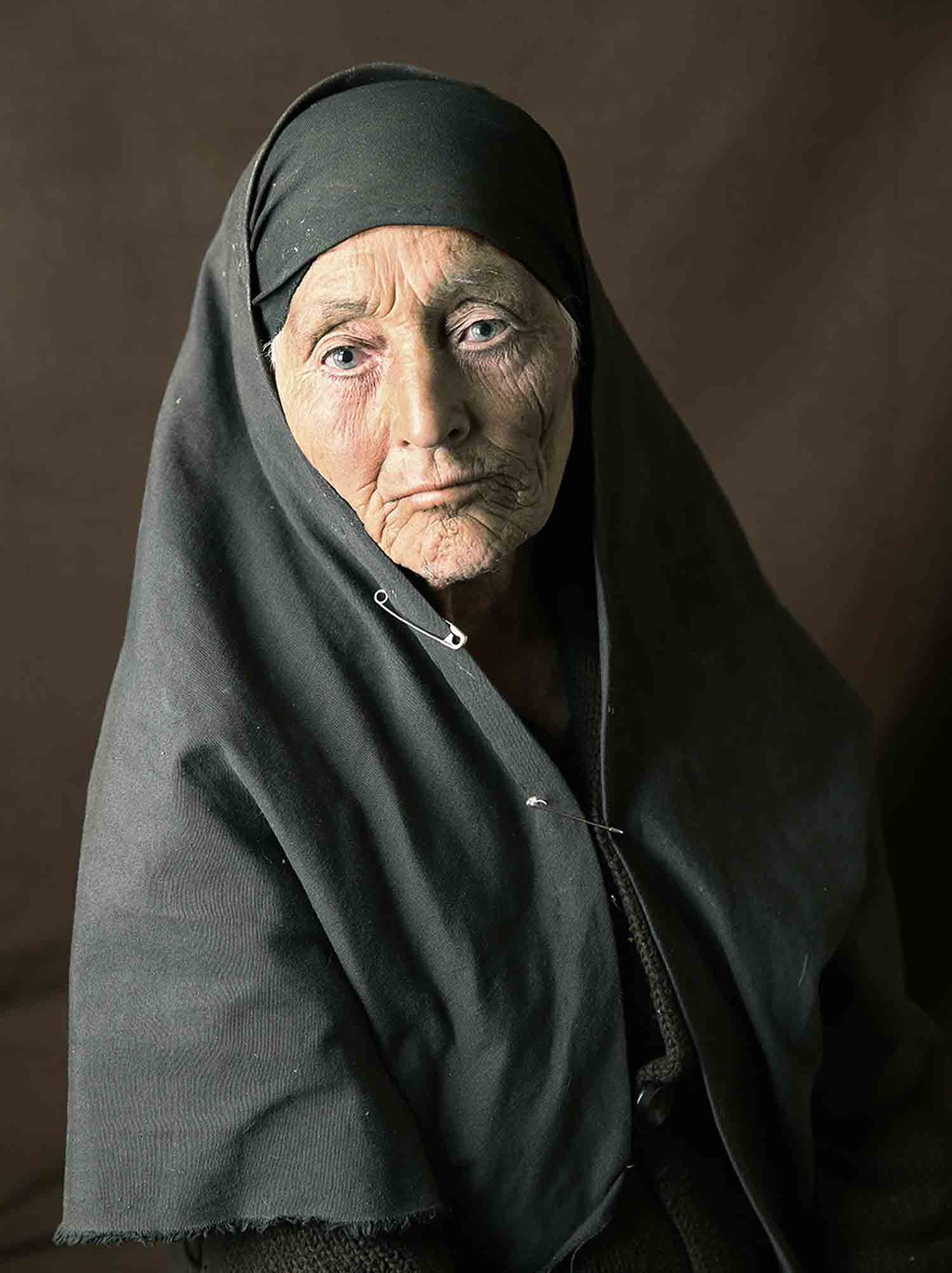
I’d like to start with a quote that popped into my head while looking through your work. It’s from Roberto Bolaño’s short story Dentist:
“That’s what art is, he said, the story of a life in all its particularity. It’s the only thing that really is particular and personal. It’s the expression and, at the same time, the fabric of the particular. And what do you mean by the fabric of the particular? I asked, supposing he would answer: Art. I was also thinking, indulgently, that we were pretty drunk already and that it was time to go home. But my friend said: What I mean is the secret story . . . The secret story is the one we’ll never know, although we’re living it from day to day, thinking we’re alive, thinking we’ve got it all under control and the stuff we overlook doesn’t matter. But every damn thing matters! It’s just that we don’t realize. We tell ourselves that art runs on one track and life, our lives, on another, we don’t even realize that’s a lie.”
17 Smart Posing Tips to Capture Perfect Male Portrait Photographs
I bring up Bolaño because, in one of your interviews, you talk about this exactly — that you’re drawn to finding someone’s secret story. Do you think this quote reflects your thoughts? Could you explain what a secret story means to your portraits?
I became very emotional when I read this quote. I will not be able to say what art is or if my project fits this description of art. For me, it is to learn something from life, to respond to some questions, or more precisely to ask questions with no answers through the gaze but through the heartbeat of my fellows that I try to find on my journeys. This heartbeat sometimes has the same pace as my heart, and this is what makes me choose certain subjects to share our human condition with and try to make a portrait of – it’s a portrait of me, a portrait of my fellow friend, a portrait of all of us. This is what I call a secret, a secret shared by all of us, something that is deeply rooted in us but that we are not able to know, or to learn, but just to feel that it exists in our shared human condition. Probably a secret that we will never know! This is the function of art, of life.
Download 20 beautiful Lightroom presets to enhance your portraits
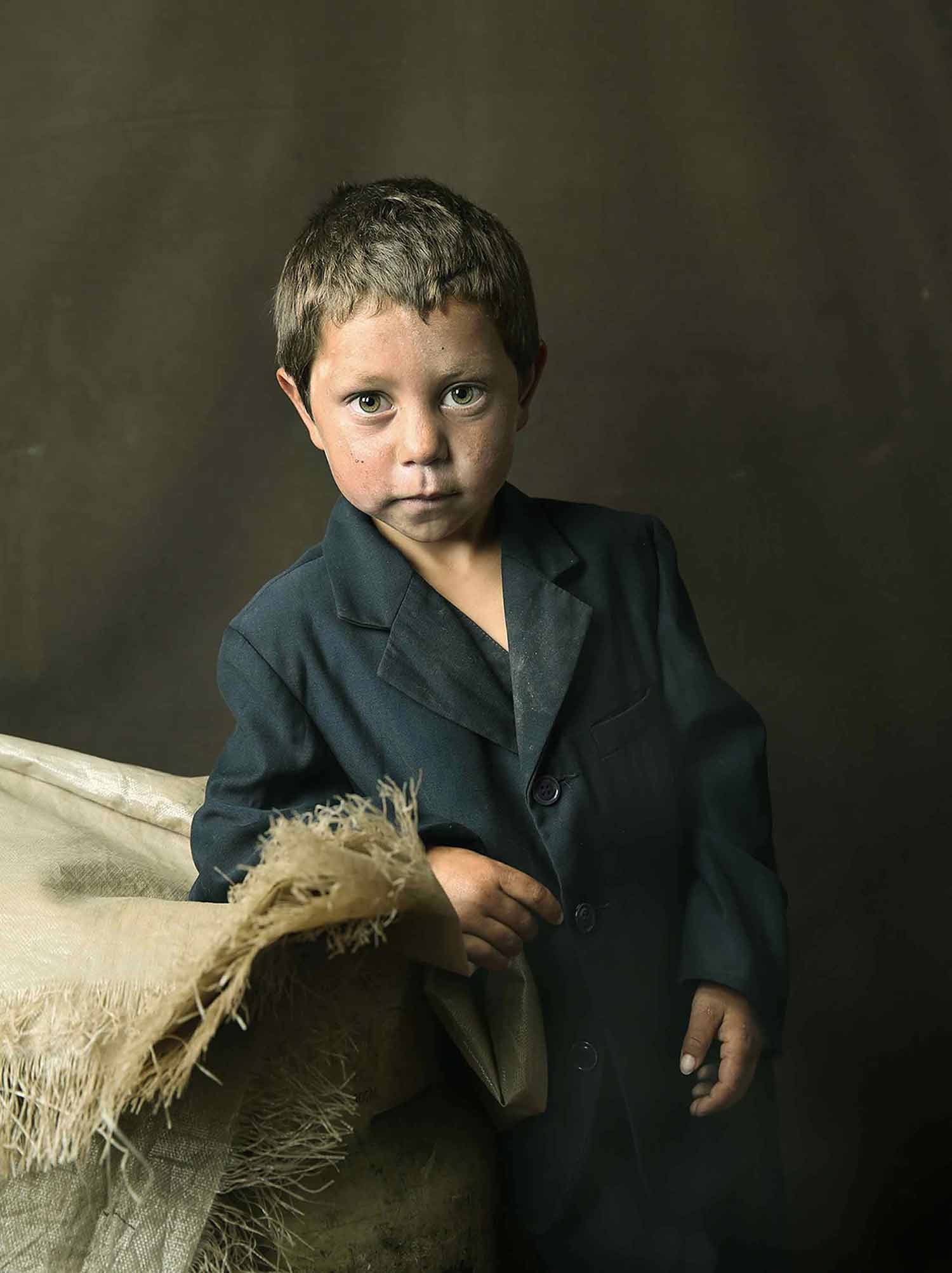
I’m very interested in you and your story. Have you always been drawn to art? What were you like as a child? I imagine that you could — and eventually did — make friends with everybody. Or was it the opposite?
I had never studied art in a school or university. But since my childhood, I was interested by the contemplation of beauty, mostly of the beauty of mankind; by the mystery of faces; gazes that I could see in life and in the books, museums, movies, literature. I could feel that our loneliness is beautiful to share with other people. I had very close friends but very few ones. I was very solitary. That is why I chose my friends or was chosen by people that probably had the same feelings concerning existence. This is what still directs me in my journey, to choose people that have those feelings, this vision of life.
See Portraits of U.S. Citizens Who Move Back to Mexico
How did photography first enter your life? How would you describe your work?
Photography changed my life. What started a little more than 15 years ago, by accident, from my little studio in Madrid on the urban periphery, timidly, in order to breathe better, survive better, is today my life, on side of roads with a nomadic studio. I have found portraits to be the most fascinating for me — because of the opportunity for encounters. The life experiences. To learn from others, listen, watch, see, feel, express. To open one’s eyes to the world. To know other universes, other realities in order to go beyond one’s own small frontiers. To enter little-by-little into the sharing and the understanding humanity. To go beyond the limits of my shyness, my solitude, my conditioning, and also my taboos. The portrait is the story of an encounter before it is process of creation. This practice can only be successful, and can only be intimate, to the extent that you truly have a face-to-face with others.
Checkout Masterclass: Capture Stunning Street Portraits Of Strangers
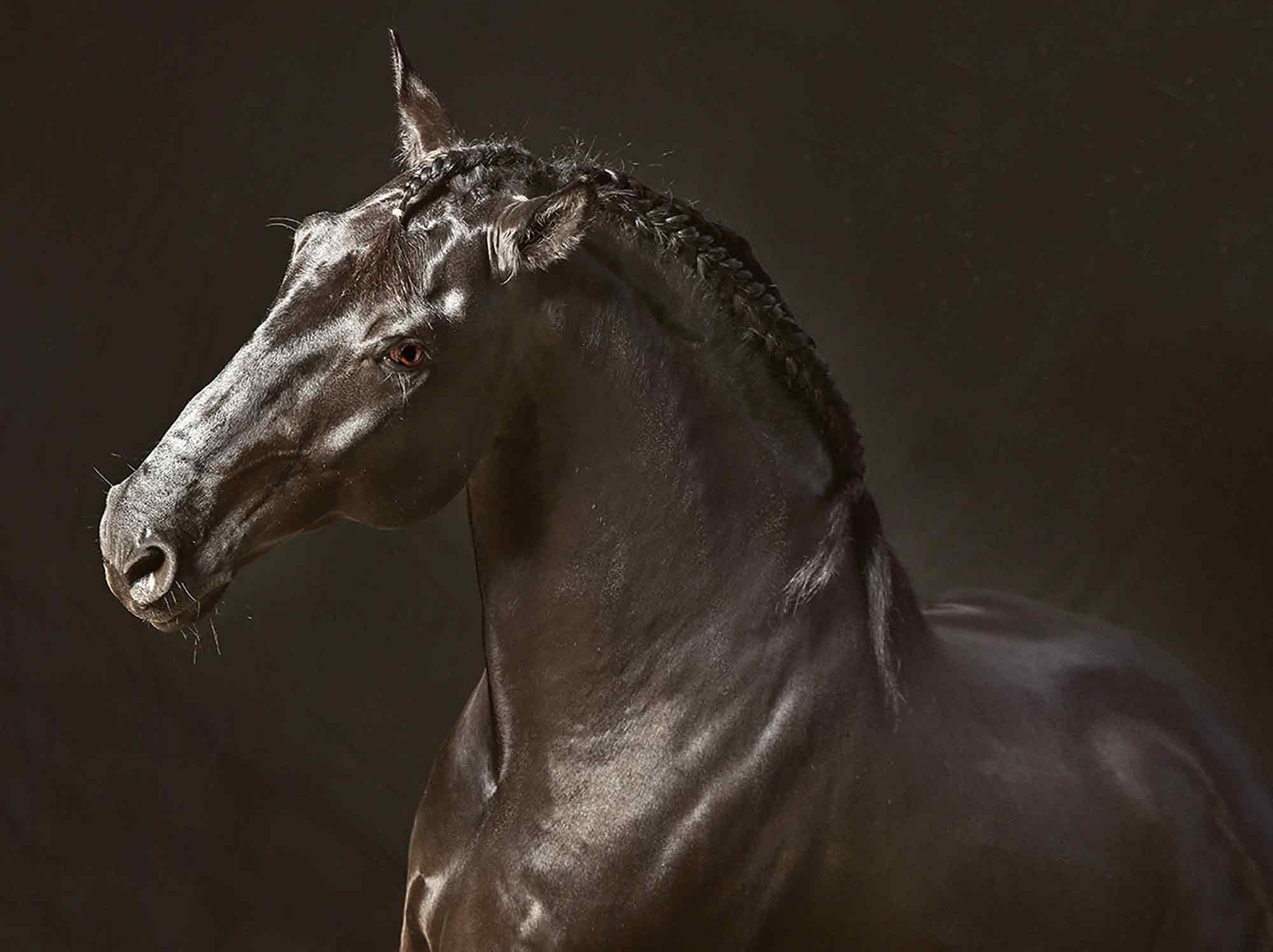
You wouldn’t be able to capture these portraits unless you traveled to the edge of civilization, unless you spent time turning your back to the world. It’s no small gesture. What compels you to do this? What do your loved ones say about it?
What is civilization? Only our urbanized communities? I do not turn my back to the world, on the contrary, everything is civilization. I am going to THE WORLD, in order to find the same human condition just a little farther from downtown. I have the need to open the space, feeling and breathing the same human attitude, doubts, dreams, fears, questions, in spite of differences in lifestyles, in spites of geographic distance. It’s like building a large line of communication between all of us, the people I meet, the people I portray, the people who look at the portraits, myself…ourselves.
What have you learned about the world during your journeys? Have you met anybody who has changed your life?
Every day in my journeys, every encounter changes my life, changes our lives. This is a universal experience, whether you make portraits or not. Experiencing life through loneliness, through encounters, in silence or with words. But mostly without words. Observing, and sometime closing our eyes. Feeling the breath, the blow, the exhalation, and feeling the heartbeat of our friends.
Do You Want to Know Why Portraits Are So Unbelievably Fascinating? Checkout this blog now.
When you’re traveling, what’s a typical day like? Where do you spend your nights? How much shooting is involved? Has it ever been dangerous? Any love stories?
Every journey is different. I generally spend time with the people I want to know in the day time as I have to respect the family life, though most of the shooting happens in the afternoon or evening (as we still have light). Sometimes at night, for the coal miners! – when they come back from working day. I have never felt in danger as I approach friendly people, with friendly intentions. I remember in Japan, even the yakuza people have always been so gentle with me. Gypsy families offer such wonderful hospitality. Any love stories? The portraiture itself is a love affair!
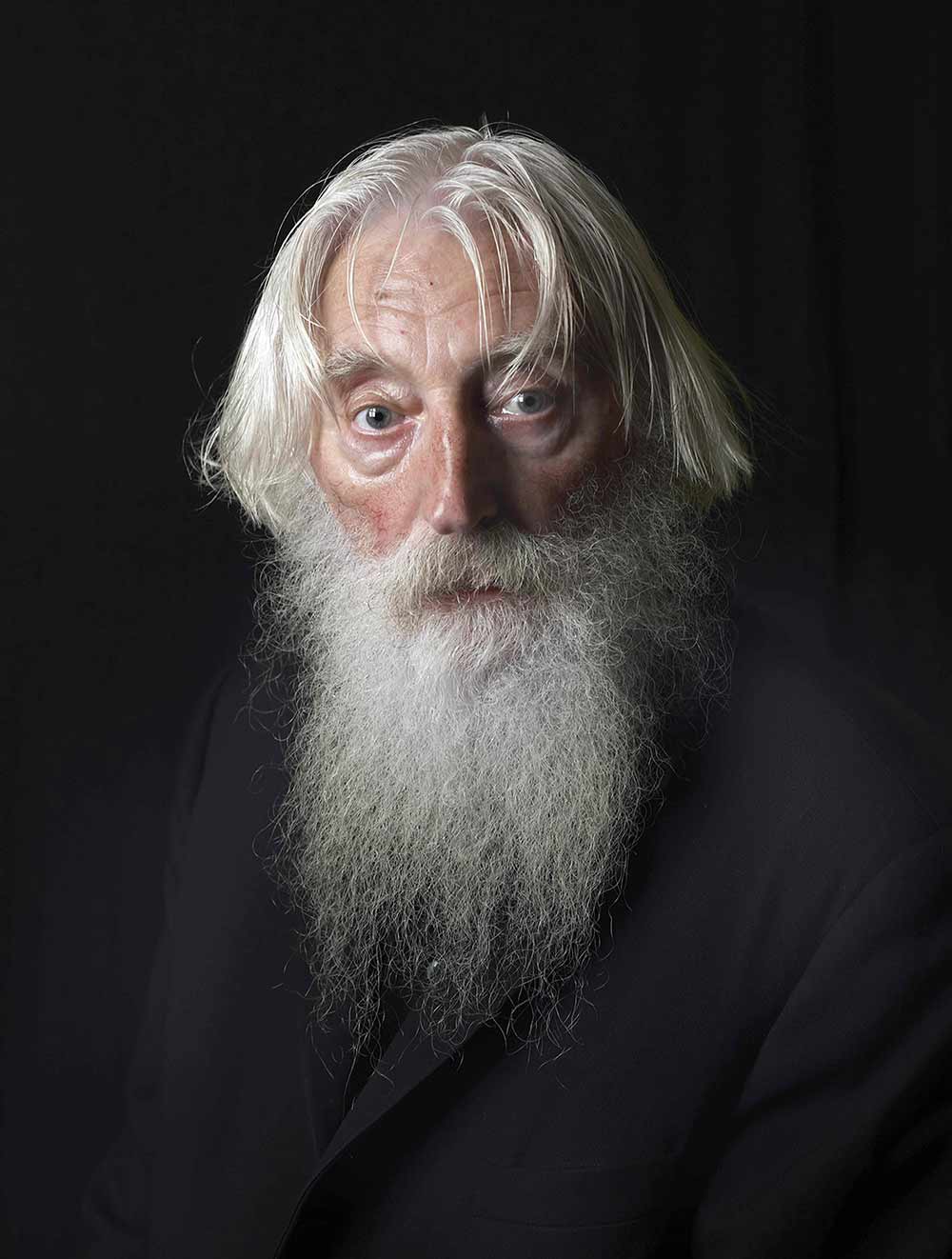
For example, could you talk about Friedrich’s portrait? What was his story? How long had you been talking to him before you captured his photo?
I met Mr. Friedrich in Venice (Italy) in an old bookshop close to the Rialto Bridge. He is an architect that use to live in East Germany but was so very interested in Venice’s history, culture, intellectual and humanity patterns. We met several times, as I had a few days remaining in the Laguna city. Finally, we met at a place along the Grand Canal, in a lonely room, where I could photograph him. It was raining cats and dogs but I waited for him patiently under the rain at Campo Santo Stefano, and at last he arrived late but with a large smile. Our encounter was so spiritual, with humor, and friendly considerations. You can feel his sharp intelligence, and young spirit in his beautiful gaze.
Want to Capture Portraits that Feel Authentic? Learn these Environmental Portraiture Techniques
What’s the attraction of shooting a portrait in the Old Master style to you, exactly? What does it give your portraits?
I like and try to isolate the face on an abstract background, a technique as old as the human age with very few lights. That’s probably what makes my portraits look classical. I try to find as much intimacy as I can express. The neutral background converts into a mysterious landscape and changes the scale of the subject.
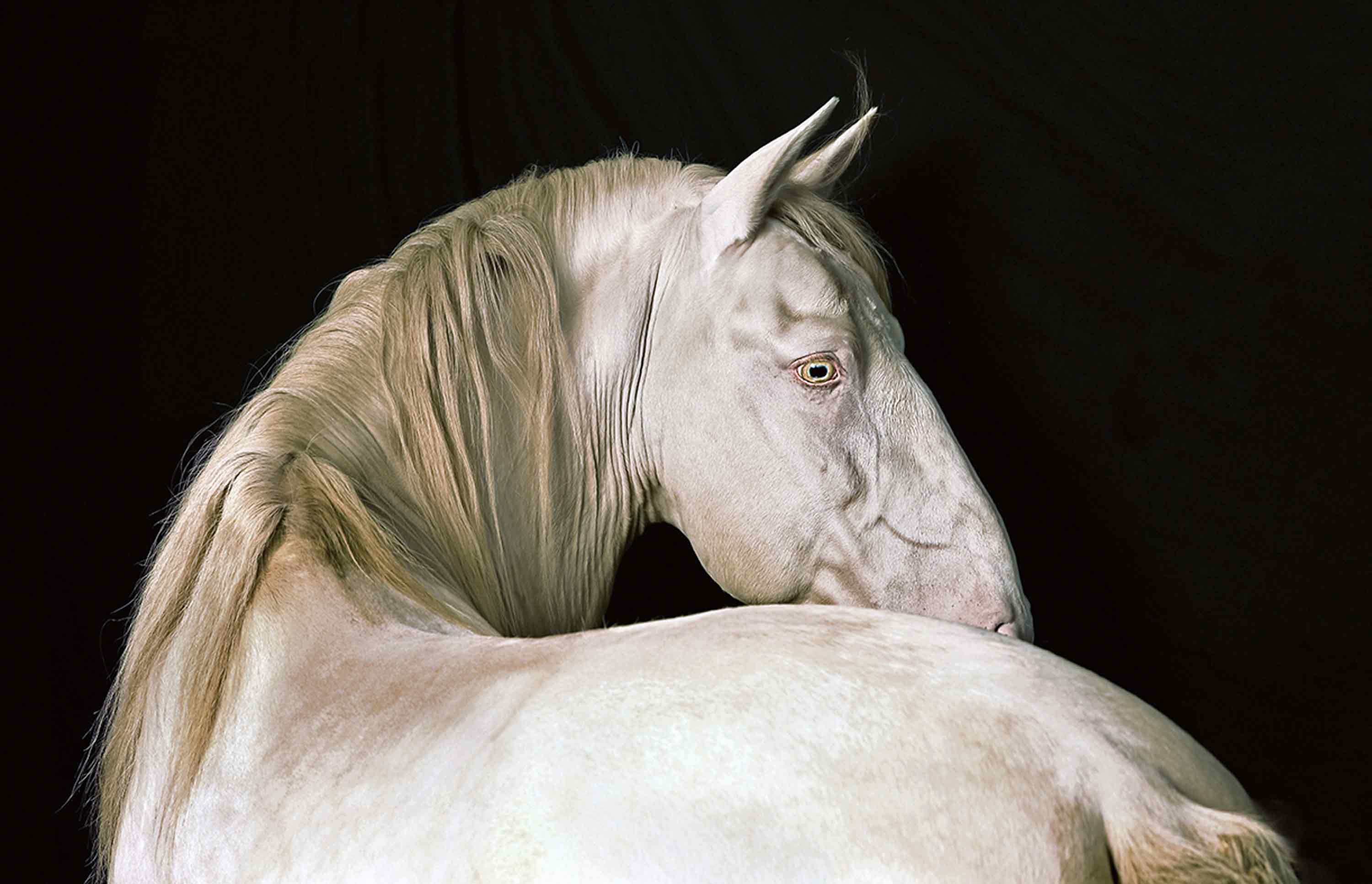
“The dream goes over time floating like a sail boat”– what does this line of Lorca’s mean to your work? Does poetry and literature generally influence you?
“The dream goes over time floating like a sail boat” is a verse from a poem by Federico García Lorca, “The Legend of Time” (“La leyenda del tiempo”) which is very well known, and taken from “First Gypsy Ballads” (“Primer Romancero Gitano”). Lorca is a poet, and artist who best knows how to express in verses the intangible qualities of life, and thus the Gypsy essence which he saw growing up in Granada. Lorca addresses the human condition through his poetic, dreamlike and timeless aspect, while at the same time having a real sense of life, like he experienced as a child. Poetry today has fallen into disuse and I want to remember it as the axis of contemplation. Artistic creation in our time is more and more related to the real, as if it were prose, as if it were sometimes a scientific approach, forgetting a more sensory and contemplative vision of life, our emotional intelligence. In his poetry, Lorca speaks to us above all else about our own existence and life-death relationship, of our dreams and desires, misfortunes and happiness. And that is exactly what interests me.
Want a Guaranteed Way to Look Great in a Portrait Every Time? Checkout this blog to know more.
Literature as a process of creation allows fiction to give people and places a different universal dimension, something profound and enigmatic. It allows the public to take access to more reading. For me, some portrait photographs are more similar to a paragraph from a novel of Dostoyevsky’s or Faulkner’s or a story by Borges or Eudora Welty than a painted portrait.
Pierre Gonnord has had recent solo exhibitions at such celebrated institutions as the Museo de la Suderurgia y la Minería (Spain, 2014), 21c Museum (Kentucky, USA, 2013), CEART de Fuenlabrada (Spain, 2013), and the SCAD Museum of Art (Georgia, USA, 2013.) His work is in many major public and private collections, including the collections of the Museo Nacional Centro de Arte Reina Sofía in Madrid, the Maison Européenne de la Photographie in Paris, the Centre National des Arts Plastiques in Paris, the Museum of Contemporary Art in Chicago, The Cohen Art Collection in Connecticut, and 21c Museum in Kentucky. Gonnord has had several monographs and catalogs published about his work including Pierre Gonnord: Regards (TF Editores, 2005), Pierre Gonnord (Ediciones Universidad Salamanca, 2008), Pierre Gonnord, Terre De Personne (Lunwerg, 2009), Pierre Gonnord: PHotoBolsillo (La Fábrica, 2012), Pierre Gonnord: Portraits (La Fábrica, 2013), and Pierre Gonnord: The Dream Goes Over Time (La Fábrica, 2014.)
All images © Pierre Gonnord

